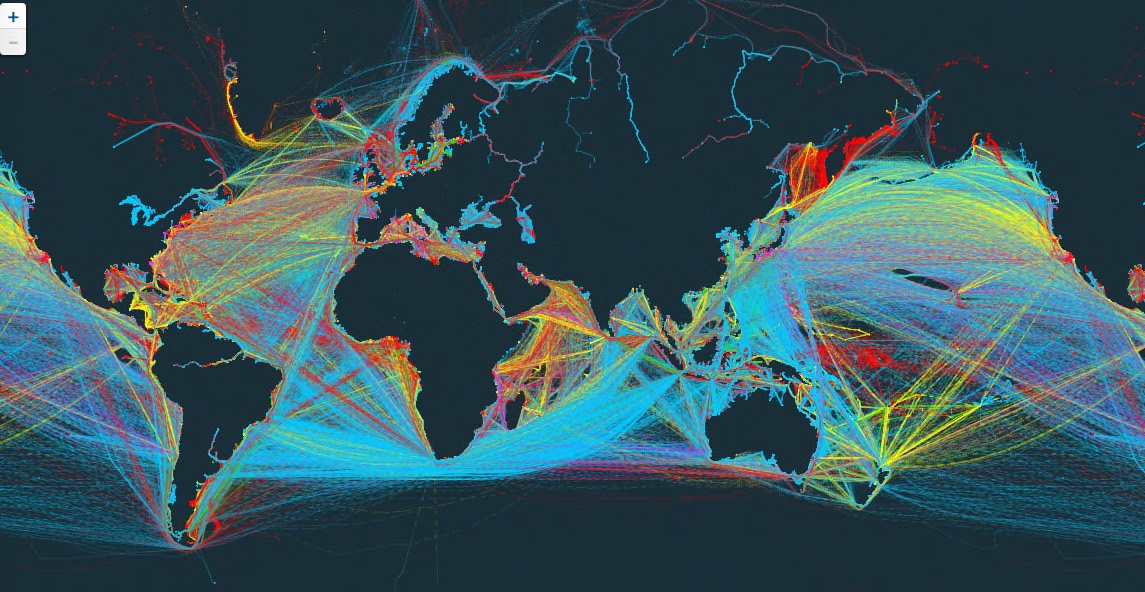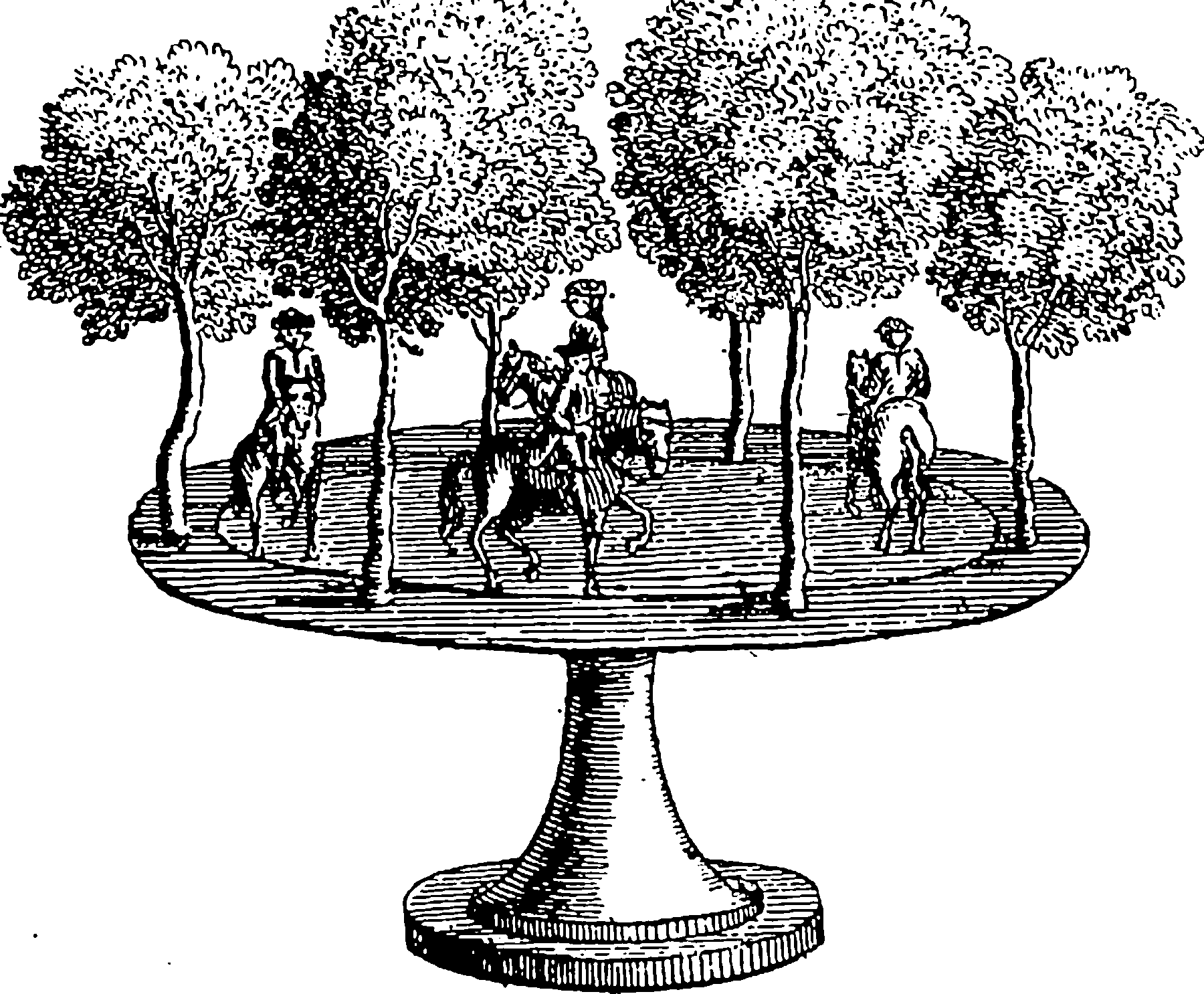Material basis of the economy
October 17, 2011 — October 3, 2023
design
diy
ecology
economics
housing
incentive mechanisms
institutions
making things
markets
money
physics
policy
snarks
spatial
statmech
tail risk
the rather superior sort of city
wonk
Suspiciously similar content
To mention: Exergy, emergy, various footprint measures. The mysteries of trade: why do countries that export cars also import cars?
What is growth? Do we have to burn petroleum to have it? Is it bad if we don’t have it? If we have it without petroleum, will that be through privatising other intangible resources, such as intellectual property, privacy, relationships, freedoms, genomes? Is that tradeoff worth it? Or even possible?
1 Infrastructure
2 Energetics
🏗
3 Incoming
- Spectech Newsletter | Ben Reinhardt
- Tunzelmann and the Nature of Social Savings from Steam
- Cost of Computing in Coal
- Brian Arthur’s The second economy
- Are we replacing robots with Chinese people?
- On expected utility, part 1: Skyscrapers and madmen
- Bitcoin: How a flooded mine in China spotlighted Bitcoin’s pollution problem
- Artificial intelligence technology behind ChatGPT was built in Iowa — with a lot of water | AP News
- Can the climate survive the insatiable energy demands of the AI arms race?
4 References
Aral, Muchnik, and Sundararajan. 2009. “Distinguishing Influence-Based Contagion from Homophily-Driven Diffusion in Dynamic Networks.” Proceedings of the National Academy of Sciences.
Baldwin, and Freeman. 2022. “Risks and Global Supply Chains: What We Know and What We Need to Know.” Annual Review of Economics.
Behrens, Giljum, Kovanda, et al. 2007. “The Material Basis of the Global Economy: Worldwide Patterns of Natural Resource Extraction and Their Implications for Sustainable Resource Use Policies.” Ecological Economics, Special Section - Ecosystem Services and Agriculture Ecosystem Services and Agriculture,.
Brook, Ellis, Perring, et al. 2013. “Does the Terrestrial Biosphere Have Planetary Tipping Points?” Trends in Ecology & Evolution.
Brown, Gillooly, Allen, et al. 2004. “Toward a Metabolic Theory of Ecology.” Ecology.
Bustos, Gomez, Hausmann, et al. 2012. “The Dynamics of Nestedness Predicts the Evolution of Industrial Ecosystems.” PLoS One.
Caldarelli, Cristelli, Gabrielli, et al. 2012. “A Network Analysis of Countries’ Export Flows: Firm Grounds for the Building Blocks of the Economy.” PLOS ONE.
Caspermeyer. 2015. “New Grand Tree of Life Study Shows a Clock-Like Trend in the Emergence of New Species and Diversity.” Molecular Biology and Evolution.
Clarke. 2004. “Is There a Universal Temperature Dependence of Metabolism?” Functional Ecology.
Cleveland, Kaufmann, and Stern. 2000. “Aggregation and the Role of Energy in the Economy.” Ecological Economics.
Cristelli, Tacchella, and Pietronero. 2015. “The Heterogeneous Dynamics of Economic Complexity.” PLoS ONE.
Dartnell. 2015. The Knowledge: How to Rebuild Civilization in the Aftermath of a Cataclysm.
Efferson, Richerson, and Weinberger. 2023. “Our Fragile Future Under the Cumulative Cultural Evolution of Two Technologies.” Philosophical Transactions of the Royal Society B: Biological Sciences.
Galaz, Gars, Moberg, et al. 2015. “Why Ecologists Should Care about Financial Markets.” Trends in Ecology & Evolution.
Georgescu-Roegen. 1999. The Entropy Law and the Economic Process.
Gowdy, and Mesner. 1998. “The Evolution of Georgescu-Roegen’s Bioeconomics.” Review of Social Economy.
Hammond, Adriaanse, Bringzeu, et al. 1997. Resource Flows: The Material Basis of Industrial Economies.
Hawken, Lovins, and Lovins. 2000. Natural Capitalism: Creating the Next Industrial Revolution.
Hidalgo, César A., and Hausmann. 2009. “The Building Blocks of Economic Complexity.” Proceedings of the National Academy of Sciences.
Hidalgo, C. A., Klinger, Barabási, et al. 2007. “The Product Space Conditions the Development of Nations.” Science.
Hirshleifer. 1978. “Competition, Cooperation, and Conflict in Economics and Biology.” American Economic Review.
Jones. 2022. “The Past and Future of Economic Growth: A Semi-Endogenous Perspective.” Annual Review of Economics.
Judson. 2017. “The Energy Expansions of Evolution.” Nature Ecology & Evolution.
Kali, Reyes, McGee, et al. 2013. “Growth Networks.” Journal of Development Economics.
Klimek, Hausmann, and Thurner. 2012. “Empirical Confirmation of Creative Destruction from World Trade Data.” PLoS ONE.
Kümmel. 1982. “The Impact of Energy on Industrial Growth.” Energy.
Levina, and Herrmann. 2013. “The Abelian Distribution.” Stochastics and Dynamics.
Li. 2014. “Path-Valued Branching Processes and Nonlocal Branching Superprocesses.” The Annals of Probability.
Morowitz, and Smith. 2007. “Energy Flow and the Organization of Life.” Complexity.
Moyle. 2000. “The Ecology of Trade.” Journal of Bioeconomics.
North. 2018. How to Invent Everything: A Survival Guide for the Stranded Time Traveler.
Odum. 1973. “Energy, Ecology, and Economics.” Ambio.
———. 1988. “Self-Organization, Transformity, and Information.” Science.
Olszewski, and Thomas. 2012. “Persistence of High Diversity in Non-Equilibrium Ecological Communities: Implications for Modern and Fossil Ecosystems.” Proceedings of the Royal Society of London. Series B: Biological Sciences.
Pezzey, and Anderies. 2003. “The Effect of Subsistence on Collapse and Institutional Adaptation in Population-Resource Societies.” Journal of Development Economics.
Smil. 2000. “Energy in the Twentieth Century: Resources, Conversions, Costs, Uses, and Consequences.” Annual Review of Energy and the Environment.
———. 2008. Energy in Nature and Society: General Energetics of Complex Systems.
———. 2019. Energy in World History.
Sood, Mathieu, Shreim, et al. 2010. “Interacting Branching Process as a Simple Model of Innovation.” Physical Review Letters.
Sornette, and Cauwels. 2012. “The Illusion of the Perpetual Money Machine.” SSRN Scholarly Paper ID 2191509. Notenstein Academy White Paper Series.
Straatman, White, and Banzhaf. 2008. “An Artificial Chemistry-Based Model of Economies.” Artificial Life.
Strogatz. 2001. “Exploring Complex Networks.” Nature.
Tacchella, Cristelli, Caldarelli, et al. 2012. “A New Metrics for Countries’ Fitness and Products’ Complexity.” Scientific Reports.
Tainter. 1995. “Sustainability of Complex Societies.” Futures.
Tainter, Allen, Little, et al. 2003. “Resource Transitions and Energy Gain: Contexts of Organization.” Conservation Ecology.
Vitali, Glattfelder, and Battiston. 2011. “The Network of Global Corporate Control.” PLoS ONE.
Whitfield. 2004. “Ecology’s Big, Hot Idea.” PloS Biology.

